Resumes
-
 RESUMES:
RESUMES:Putting together a resume can sometimes be a daunting task. For many, it requires synthesizing years of work experience into several pages to concisely explain to a potential employer why you are the best candidate for the job.
Resumes come in many different forms. The internet has many resources for creating resumes. On the internet, you will find free resume formats, samples, and tutorials on how to create the best resume.
The most common formats for resumes are a chronological, functional or combination.
Chronological :
A chronological resume is typically organized by citing your most recent position first and working backward to highlight other jobs held, preferably within the last five to ten years. This format is preferred by many employers as it emphasizes a consistent work history.
Example: Chronological, basic document
Functional :
A functional resume will highlight the skills, knowledge, accomplishments and expertise of a candidate. In this format, information is organized on your resume under the headings of specific functions or skills. This format works well for new graduates, job seekers in career transition and for those who would prefer to emphasize experiences that may appear outdated (but still relevant to their job search).
Example: Functional, basic document
Combination :
The combination brings together the chronological and functional format. This format includes a functional section that emphasizes accomplishments, skills and experience. It also includes a chronological section that lists employment history, employment-related experiences and education. This format is most effective for job seekers to highlight their work history in an appealing way.
Example: Combination - sample teacher resume
TIPS FOR BUILDING RESUMES:
- Include up-to-date contact information on your resume. Include name, address, phone, email, job titles, dates of employment, description of job duties, etc.
- Spacing and length are important. Your resume should not only be concise, but also be easy for the hiring manager to read.
- Include dates of employment. The month and year are sufficient.
- Include job titles/duties. Include your relevant job titles and list duties under each titles. This can be done by simply listing the duties using bullet points.
- Proofreading is so critical. Check spelling, punctuation, and grammar. Errors on resumes can sometimes cost you an interview.
There are many sites that provide resources for preparing a resume. The following provide samples, tips, and tutorials.




